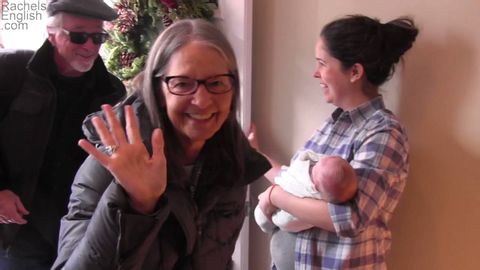
Subtitles & vocabulary
English Conversation - Real Life English! - Meet Stoney
00
劉繼光 posted on 2016/11/04Save
Video vocabulary
to
US /tu,tə/
・
UK /tə/
- Adverb
- Toward a point, person, place or thing
- Into a state of consciousness or awareness
- Preposition
- Showing that one thing is attached to another
- (Indicates a comparison between two people/things)
A1
More subscribe
US /səbˈskraɪb/
・
UK /səb'skraɪb/
- Verb (Transitive/Intransitive)
- To regularly pay to receive a service
B1TOEIC
More phrase
US /frez/
・
UK /freɪz/
- Noun
- Common expression or saying
- Section of musical notes in a piece of music
- Verb (Transitive/Intransitive)
- To choose words to say what you mean clearly
A2
More pronunciation
US /prəˌnʌnsiˈeʃən/
・
UK /prəˌnʌnsiˈeɪʃn/
- Noun (Countable/Uncountable)
- How a word is said; how a word sounds
- The manner in which someone utters a word.
B1
More Use Energy
Unlock All Vocabulary
Unlock pronunciation, explanations, and filters
